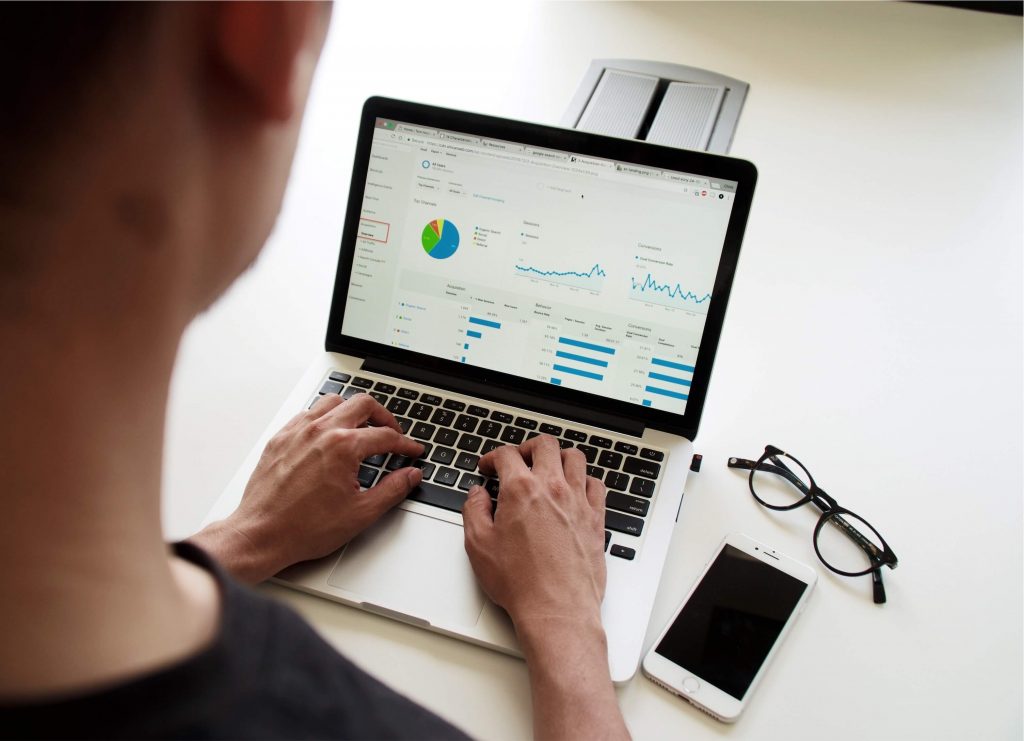At Simply Contact, we specialize in creating personalized customer support solutions that drive business growth and customer satisfaction. Let us help you elevate your customer experience and stand out from the competition.

In our age of modern technology, security and privacy continue to be a great concern both for average users and business owners. As customer support is a requirement for most service providers, call center security is a big part of the discussion. However, if it’s not your company’s focus, you probably have never paid much mind to how to improve call center security. That’s why we’re here to help you. Even if you are a call center specialist, read this article further to learn helpful call center security tips.
Why Is Call Center Security Important?
The goal of most security breaches is to gain personal information. Social security numbers, bank accounts, credit card numbers, email passwords, and even dates of birth can help a hacker to steal customers’ money and/or hide their own illegal activity. While a call center agent might not have access to such information directly, through phishing (or by other means) another person can gain it by breaching the company’s database.
Another reason a malevolent person could exploit an unprotected call center is to stop customer service from working altogether. For example, a TDoS attack on a vulnerable system would stop it from functioning for hours, or even days. All of the above could lead to damage to your reputation, bad reviews due to poor customer experience, and overall loss of profit.
Biggest Call Center Privacy Threats
All the threats a call center might face can be divided into two types: internal and external. Internal threats usually originate from your own employees. Either willingly or not, they can exploit the data access they have to provide an opening for a malicious act. External threats, on the other hand, come from technology manipulation.
The most prominent subjects for an internal security attack include:
- A person with a grudge – unfair work conditions, bad relationship with a superior, low salary can make an employee look for another source of income (as is the case in 76% of such events), even if it is illegal;
- Uneducated (in terms of security) worker – if a person doesn’t know they shouldn’t click on unfamiliar links from an email, they are definitely a threat to your call center privacy;
- An employee with an unknown background – if your company is an attractive goal and a hacker is dedicated enough, they can try to get a job in your support department just to steal the data.
Similarly, let’s review the possible external security threats:
- Outdated software – with time, hackers get more and more inventive and resourceful. That’s why software developers have to create and patch their products constantly. If you miss an update, you might find your system vulnerable to a particular exploit;
- Software from untrustworthy sources – some creators choose not to protect their customers well enough, to the point of leaving backdoors in security;
- Flawed hardware – while hardware manipulation is rarer, it is possible with outdated or overall flawed products. Some of the defects can be patched by software means, while others require complete replacement.
5 Call Center Security Tips
1. Educate and enforce better security practices
As over 30% of breaches come from internal sources, the company should pay close attention to their employees’ activity. The first step to having a secure call center is eliminating accidental security flaws. Make sure your employees are informed about the security basics (use of anti-virus software, routine password change, password strength, etc.) and social engineering used in hacking (phishing, identity theft, etc.).
It is also helpful to make better background checks and install an identity check system (for example, a biometric one). This will prevent strangers and ill-willed people from gaining data access.
2. Identify sensitive data and focus on protecting it

When it comes to data access, the first thing you need to do is figure out which information you need to protect the most. This mostly depends on the main activity of the company, but most of the time it’s the private and financial details of your customers. The next step is to apply additional security measures. Store the data on a dedicated server (or separate cloud storage) and isolate it with a firewall. Try to reduce the access even by your own employees.
3. Reduce audible data transfer and employ encryption

Audible Q&A is one of the oldest and time-tested identification methods used through a telephone. However, it can become one of the biggest security threats. When you contact the customer and ask them to say sensitive details aloud, you subject them to threats during the transfer, storage, and even simply too outside listeners. Fortunately, multi-frequency masking can help you to collect and cipher the info just through the phone keyboard.
Data encryption every step of the way is another point on our “how to ensure call center security” list. This way, even if internal or external actors will acquire the data, it would be completely useless to them.
4. Include the multi-factor authentication
While sometimes a single data point is enough to identify a person, using multiple identification methods at once is more effective and straightforward. In some cases, the need to perform multiple tasks just to prove their identity might seem annoying to the customer. However, in most situations, it will only improve the customer experience, as it will make them feel more secure.
However, MFA needs to be set up accordingly to be effective. For example, a lot of companies use a one-time password for identity confirmation. Unfortunately, this method will not be effective if an operator asks the client which phone they should use.
5. Test your security regularly
If you want to learn how to make a call center secure, first you need to find out in what ways yours isn’t. Test your system, or better yet employ a professional to challenge it. Patch any breaches found and test them again. The more times you do it, the better it will turn out.
If your activity involves money transfers, another important thing you should test is PCI DSS compliance. It’s a standard set up by five major credit card companies that check whether the payment info the customer uses is secure with you. While it requires an annual fee, it’s important to make sure your system is without fault.
Final Words
Customer support is a vulnerable and sensitive branch of your enterprise. It is open to attacks from both the inside and the outside. Most employees are hired based on their communication skills, so they are often ignored when it comes to security.
If you want to protect your call center, you need to be attentive and thorough. Start by attending and teaching the staff members, then improve, update and check your hardware and software. Test all your assets regularly, and be proactive rather than reactive.
If all of this takes too much of your time, energy, and resources, we are ready to help you. Our company will provide you with the best human and technical resources for your best experience, all this on the basis of absolute security. Reach out to us today and protect your customers right now!
Get fast answers to any remaining questions
Thank you.
Your request has been sent successfully.
Your request has been sent successfully.



